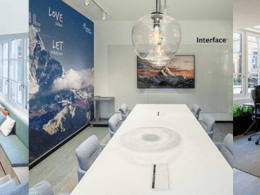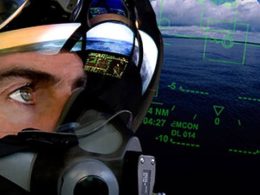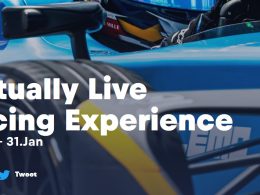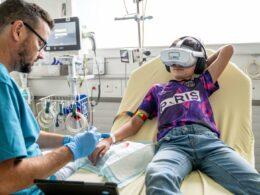After the second part of Andras Böger Graduate architect and project manager at Dome Visual find out more about a specific reference project and how they win their customers. In the final section, the expert explains how a project works and, above all, the advantages and disadvantages of the various VR glasses.
Suppose you have a new project that is to be realised with VR. What is the most important thing you need to know?
The most important point is the target agreement: How does the customer envisage the end product? What is the target group and how should it be reached?
We therefore need information on the exhibition venue, the duration, general possibilities on site, e.g. is there Internet access (WLAN), what about power connections and how many stand personnel can be expected.
Once these questions have been clarified, we already have an idea of which hardware and method we can use to achieve the desired goal. Nevertheless, we show the customer all possible options in a comprehensive consultation. After all, further ideas could emerge during the discussion with the customer.
We also show the various VR systems and point out where the disadvantages and advantages lie.
Could you briefly explain them to us?
The Google Cardboard, for example, is a very affordable introduction to VR. It can be used with different types of mobile phones and customers can also take the experience home with them. It is also a very good marketing tool as you can brand it, e.g. print your logo on it. It is also good for a simple presentation, e.g. a virtual home tour on a website. But this is also the negative point: you need internet access and the quality is rather low. The effort on the customer side when using it is also greater.
If you want an even more professional solution, we naturally recommend our own app, which runs with the Samsung Gear. The quality is much better. The wearing comfort and control with the touchpad are also better. You can also use the application offline and are not dependent on internet access. This is very important depending on the location.
In our application, we also have the option of explaining projects in more detail using 3D text / 3D labelling. What we don't have is a 3D game engine.
With the widely used Oculus and HTC Vive glasses, you can also take a virtual home tour on a website or offline. In principle, these two systems have the same advantages as the Samsung Gear. However, they are less mobile and the costs are much higher, as a powerful PC also needs to be used.
In general, we can say that we do not yet find the Oculus and HTC Vive entirely suitable for our property marketing. On the one hand, the end user has to control the movements by hand (gamepad), on the other hand, the movements with the joystick in virtual space are not carried along in reality. This creates a disturbance and can lead to nausea.
In the end, we were able to achieve the best experience with the Samsung Gear together with our application.











